13 Plant Diversity
Download this lab as a Microsoft Word document.
Download the lab response form (Microsoft Word document) to access the questions only.
Purpose
To investigate the diversity of plants and their closest protist relatives.
Learning Objectives
At the conclusion of this exercise, students will be able to:
- Classify common plants and algae into taxonomic groups.
- Explain the limitations of modern plants in terms of their evolutionary ancestry.
- Compare and contrast the life cycles of major groups of plants.
- Relate common structures in angiosperms to stages of their life cycle.
Why It’s Relevant
Plants comprise the base of all terrestrial food chains and of human society due to their domestication in agriculture. A large portion of human diets is plant-based, making knowledge of plants directly important for human health. Further, they provide the oxygen that we breathe, produce compounds that we use in medicines, and provide a wealth of substances used in the production of buildings, furniture, and clothing. Learning their evolutionary history is important to understanding the diversity, the structure, and the limitations of modern plants.
Introduction
Plants are multicellular eukaryotes that are typically found on land (though some have moved into aquatic habitats over time). Because they are so unique from other organisms, scientists have traditionally classified them into their own kingdom—the Kingdom Plantae. Modern plants evolved from “plant-like protists,” otherwise known as algae, which are classified into the Kingdom Protista (Figure 13.1). Many algal lineages exist, but the green algae are the ones most similar to plants. It is thought that the first land plants evolved from these aquatic algal ancestors approximately 475 million years ago.
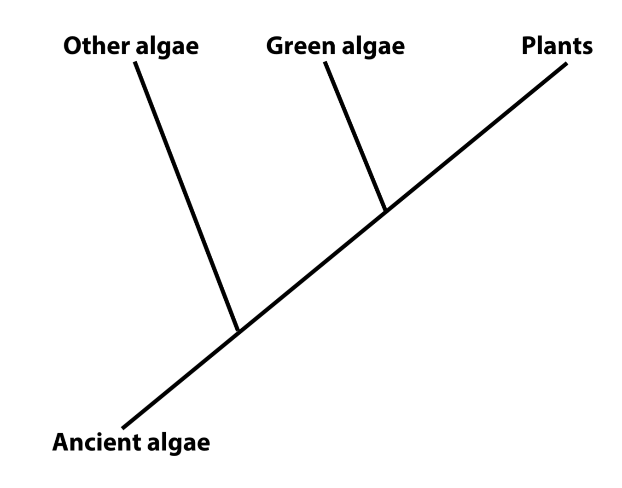
Plants, and their algal relatives, are of critical importance to ecosystems because they are capable of the process of photosynthesis. By capturing the sun’s energy and storing it in carbohydrate molecules, plants and algae make energy available for animals and other forms of life. In addition to their vital ecological function, plants are important for human society because they are harvested for clothing and building materials, produce many substances that are researched and turned into medicines available at the pharmacy, and provide reliable food sources. In fact, modern civilization is grounded in humanity’s ability to plant, grow, and harvest the many species of grasses (grains), fruits, and vegetables that are found at the grocery store.
Given the fact that all animals depend on the food and oxygen that plants provide for their very existence and that humans derive important products from them, it should not be surprising that scientists established the field of botany long ago. Studying plants and their relatives and identifying key shared characteristics has allowed scientists to unravel the evolutionary history of this group of organisms.
In this lab, you will study a variety of model organisms, green algae of varying complexity and plants from various groups, to gain an appreciation for this history. As you proceed, you will learn some of the important traits that have evolved in this group over time that distinguish modern plants from modern algae as well as groups of modern plants from each other.
Procedure
You will begin by examining some representative algal organisms. Remember that green algae are not plants, but like plants they undergo photosynthesis and are otherwise closely related to them. Algae are older than plants, are more genetically diverse, and exhibit a large variety of cellular organization.
Make a wet mount of living Chlamydomonas by placing one drop of the specimen solution on a slide. Chlamydomonas is a unicellular, motile green algae. Despite its simple body form, it shares many genes in common with plants. Observe these organisms at scanning (40X) and low (100X) power. Note their rapid movements, made possible by flagella, and the green color given to them by their chloroplasts. Next, add a drop of either iodine or methylene blue stain to your slide (it works best if you add one stain and your neighbor in lab adds the other so that you can view both). Adding iodine to the Chlamydomonas will kill the organisms, making it possible to view them at high (400X) power. The iodine may enable you to view the large nucleus (near the center of the cell) and/or the large chloroplast near one end of the cell. Adding methylene blue to Chlamydomonas greatly increases your chances of being able to see the two flagella possessed by each individual. These are located at the end of the organism away from the chloroplast. Make a sketch of a Chlamydomonas organism at 400X, labelling the flagella and nucleus.
Next, make a wet mount of the living Spirogyra available in the lab. Spirogyra is a more complex plant-like protist, consisting of many different cells connected in long filaments. Because each cell still has the capability to survive on its own, Spirogyra is considered to be a colonial (not truly multicellular) protist. View the specimen at low and high power. Make a sketch of several cells at 400X and label the thin, spiraling chloroplast that gives this organism its name.
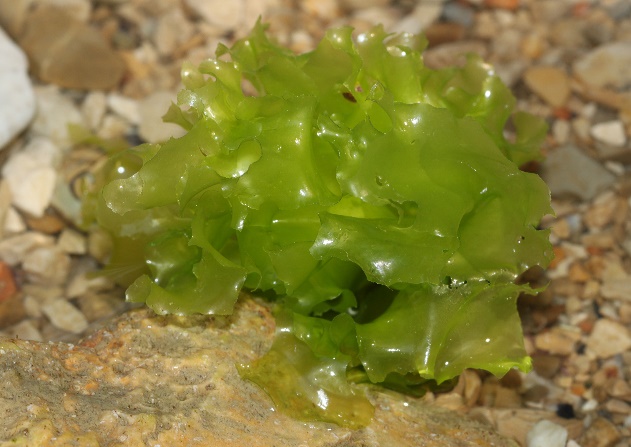
Other green algae are even more complex, consisting of multicellular bodies containing various cell types specialized for differ
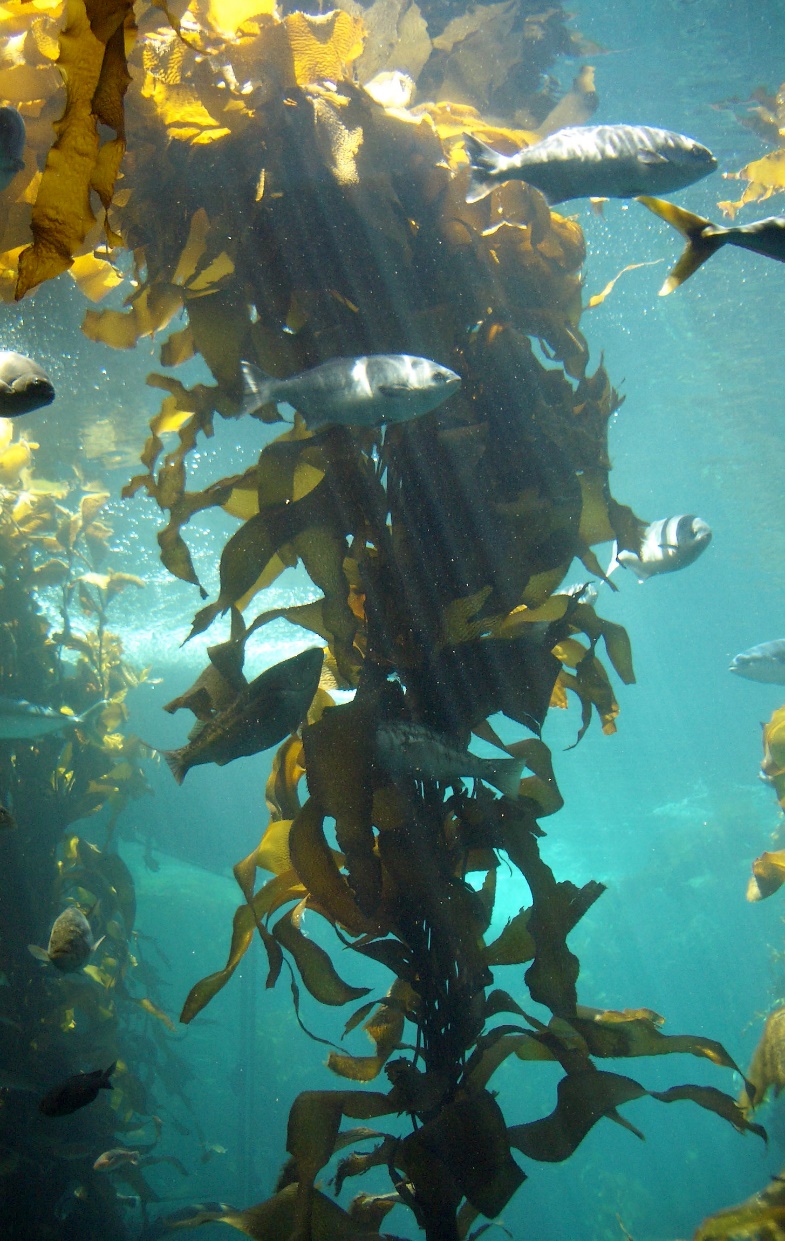
ent functions. Because they are multicellular, these organisms, such as larger pond algae and seaweeds, tend to be larger and visible with the naked eye (Figures 13.2, 13.3). Observe the various preserved seaweeds and other multicellular algal specimens available in the lab and make a sketch of one of them.
All of the organisms you have viewed so far are aquatic algae, traditionally classified into the Kingdom Protista. All of the remaining organisms are plants, a group adapted for life on land with a unique set of traits. As previously mentioned, evidence suggests that aquatic algal ancestors began moving onto land and evolving into plants approximately 475 million years ago. These first pioneer organisms encountered a very different environment on land than in shallow water, and faced three daunting challenges:
- How to keep from dehydrating in a dry atmosphere
- How to stand upright against the force of gravity
- How to move swimming sperm to the eggs of neighbors in a non-aquatic environment
Modern plants are classified into groups based on the traits evolved by their ancestors that solved some or all of these challenges (Figure 13.4).

Observe one of the living moss specimens available in the lab. Mosses are a kind of non-vascular plant (Figure 13.5). Mosses grow on land, but are small in stature and more or less restricted to moist habitats. Like all other plants, they produce a thin, waxy layer that coats their epidermis, called a cuticle. This lipid-rich layer limits the amount of water lost to evaporation, making survival on land possible. In addition, they possess root-like structures which absorb water from the soil, replacing that which is used or lost. Mosses produce sperm that must swim to neighboring mosses to fertilize their eggs, making them dependent on moist conditions. Make a sketch of several tufts of one moss.
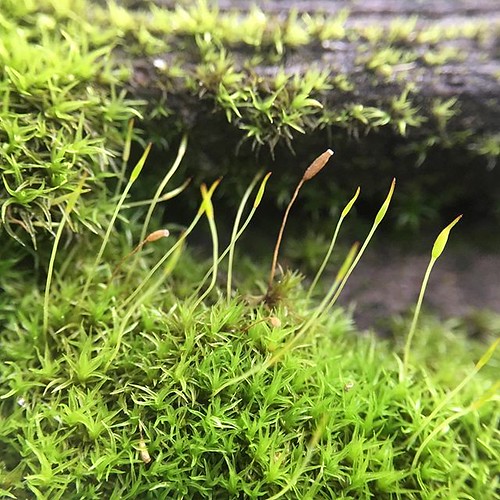
Next, observe the living fern. Ferns are a common representative of the group that scientists call seedless vascular plants (Figure 13.6). Seedless vascular plants produce the same waxy cuticle produced by mosses, but are descended from ancestors that evolved a new trait: vascular tissue. Vascular tissues, also known as xylem and phloem, consist of long, hollow tubes that extend through the fern’s body. These move water, carbohydrates, and minerals quickly throughout the body. In addition, the cell walls that make up xylem are reinforced and extra thick, adding strength and support. The presence of vascular tissue, especially xylem, allows ferns to grow much taller than mosses and other nonvascular plants. Because they are taller, ferns (and all other plants with vascular tissue) have specialized parts of their body, such as roots, stems, and leaves. Despite this, ferns, like mosses, are still more or less restricted to moist habitats on Earth. This is because their sperm have to swim to neighboring ferns in order for reproduction to occur. Make a sketch of the living fern in lab.
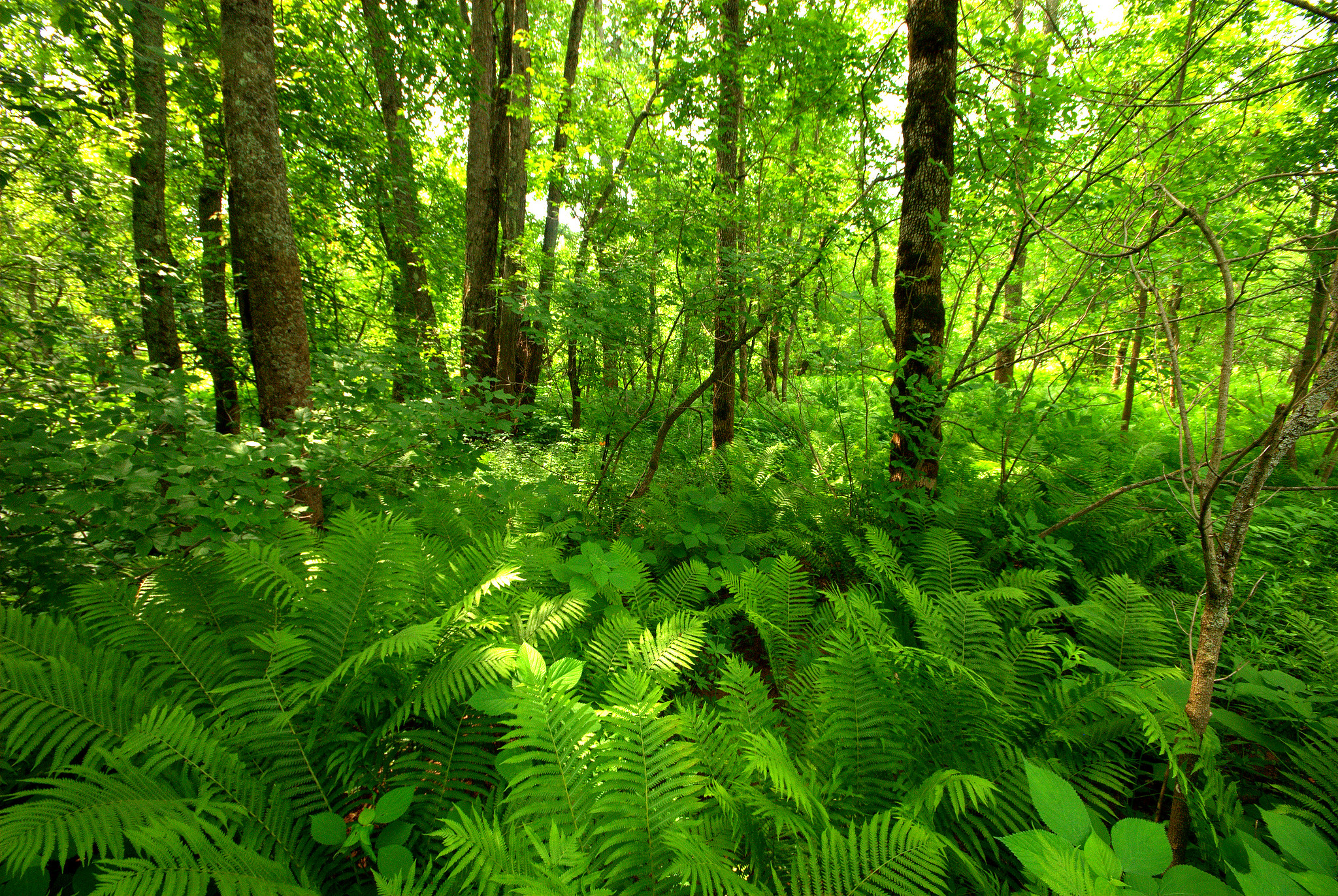
Pine trees and other conifers are well-known examples of plants that are called gymnosperms (Figure 13.7). Gymnosperms differ from mosses and ferns in a few key ways. First, they produce the same waxy cuticle and vascular tissues as ferns, but are descended from ancestors that added two key evolutionary traits to their lineage: seeds and pollen. Pollen contains plant sperm in a super lightweight container that can travel through the air from one plant to another. Since the sperm of a gymnosperm does not have to swim, these organisms are no longer restricted to moist habitats where water collects for reproduction to occur. Sperm fertilize eggs to produce embryos, which are kept from dehydrating inside seeds, and can wait for moist conditions before opening and beginning to grow.
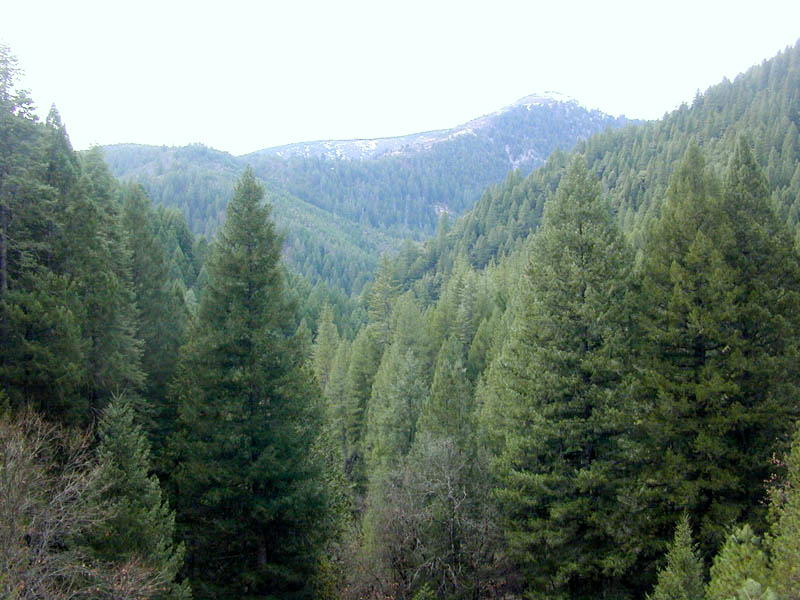
View the pine pollen slide at high power (400X total magnification) under the microscope and make a sketch of its distinctive shape. What feature of its anatomy enables traveling through the air?
Second, gymnosperms produce egg and sperm in two different places on their bodies. Sperm are produced in relatively small pollen cones (Figure 13.8). The sperm are packaged into pollen grains, as in gymnosperms, which will later leave the plant and travel through the air. Eggs are produced in the much larger ovulate cones (Figure 13.9). These are the pinecones that you are likely familiar with. Once pollen (sperm) fertilizes the eggs inside, the ovulate cone will fill up with pine seeds, each containing one new plant embryo inside. Make a sketch of the pine specimens on display in the lab, including the unique leaves and both types of cones.
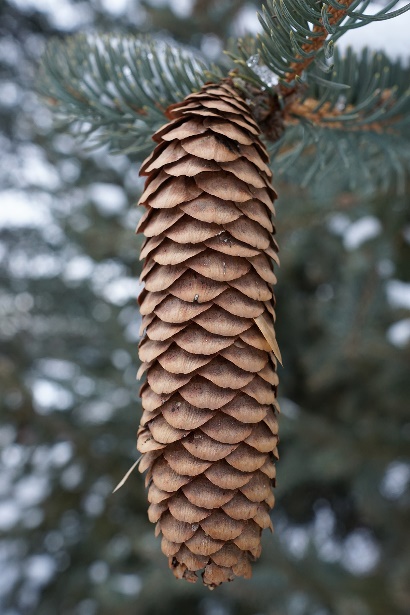
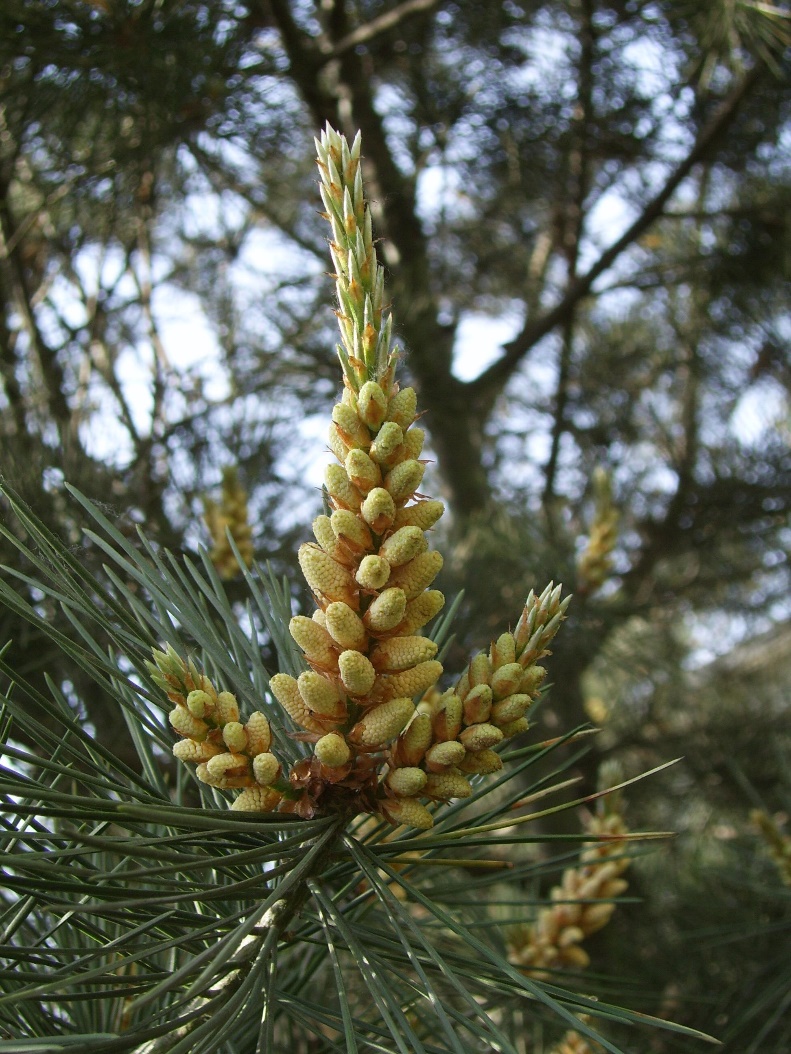
At last, we have reached the final and most diverse group of living plants, the angiosperms. This huge division includes all of the broad-leaved trees, the grasses, the “weeds” and wildflowers, and the vast majority of our cultivated fruits and vegetables! (Figure 13.10) Like gymnosperms, angiosperms are plants that produce a waxy cuticle, vascular tissue, pollen, and seeds. However, angiosperm ancestors refined the reproductive process by evolving two further traits: flowers and fruit. A flower looks very different from a cone, but is essentially the same thing: it is a structure that produces the sex cells of the plant. Unlike cones, however, most flowers have both male and female parts, so both eggs and sperm are produced in a single flower. A huge amount of variation exists, but a typical flower also possesses ornate petals, which attract insects and other animals to move pollen in a targeted fashion to a neighboring plant (Figure 13.12). Once fertilization occurs, most of the flower withers and degrades. The female portion will develop seeds around new embryos and then swell into a larger structure called a fruit. A fruit functions by dispersing the embryos (inside seeds) away from the plant on which they were formed.
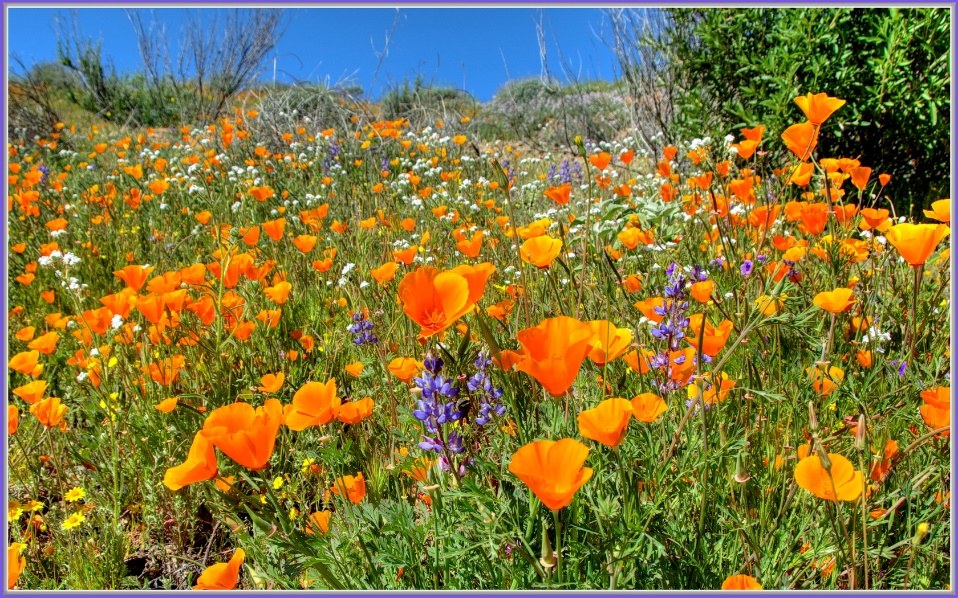

Use a magnifying glass to observe one of the flowers on the living Geranium specimens. Make a sketch of a flower, labeling the green sepals, the larger petals, the stamen (male, pollen-producing), and the carpal (female, egg-producing).
View the mixed pollen slide at high power (400X total magnification) under the microscope. Use the fine focus to help you view details on the outside surface of one of the pollen grains. Make a sketch. What feature of its anatomy helps enable transport by animals through the air?
It is important to highlight the great variation in angiosperm flowers and fruits. All angiosperms produce both. Some produce flowers that are very “typical”—many young children would recognize them as such. Dandelions and roses are good examples. Other angiosperms produce flowers that may not be immediately recognizable, because they might lack the frilly petals that we tend to associate with flowers. The flowers produced by oak trees and grasses fall in this latter category. The same is true of fruits. Some plants produce fruits that every grocery store recognizes as a “fruit.” Apples, grapes, and strawberries are all fruits that evolved to be spread by tempting an animal to ingest them. The animal then releases the undigested seeds as waste. However, any structure containing seeds is the fruit of an angiosperm. This means that peppers and tomatoes are also technically fruits, although the grocery store would call them “vegetables.” These fruits still function by encouraging animals to eat them. Many fruits do not require animal ingestion at all! The fruits of a dandelion flower or a maple flower disperse their embryos using the wind. The fruit of the burdock flower takes the form of a spiky ball that sticks to animal fur. All of these are fruits just as much as an apple is.
Make a sketch of several of the fruit types available in the lab, labelling the seeds in each one.
Alternate Procedure for Online Courses
The vast majority of the plants and vegetables that are eaten by humans are types of angiosperms, meaning that they are plants with bodies divided into root, stem, and leaf portions. At some point in their life cycle, angiosperms will also produce flowers and then, later, fruit. Visit a local grocery store to analyze which parts of angiosperm plants are most commonly eaten by humans. Make sure to bring something (a tablet, pencil & paper, etc.) with which to collect data.
Head to the produce section of the store and observe the types of fresh food available there. Almost everything for sale comes from a plant that produces roots, stems, leaves, flowers, and fruit. Take note of the type of food and what part(s) of the plant they come from. You may need to do some internet research to be sure for each one, but some useful hints are listed below (note that these are generalizations and that there are many exceptions!):
- Leaves are typically flattened, with a small stalk at their base, and often have visible leaf veins on their surface
- Stems are typically elongated structures that may or may not be green
- Roots are typically not green and, in many agricultural plants, are greatly enlarged to store starches and other carbohydrates
- Flowers are often colored with many extensions, though in some vegetables they have been bred to form tight clusters
- Fruits come in a large variety of forms, sometimes fleshy, sometimes hard, and always contain the seeds of a plant
Make a list of the fresh foods you observe and classify them by plant part that is for sale. Your list should contain 25-30 of the most common ones (feel free to use very exotic food items in addition, if you wish) of fruits, nuts, and vegetables that are available. Include only basic types (“onion,” “carrot,” “apple,” etc.) and don’t list multiple versions of a type in your data table (red, yellow, and white onions all count as “onion”).
Construct a bar graph that displays the number of produce types that fall into each category. The y-axis should depict the number of produce types, while the x-axis should depict the five plant part categories. Finally, read through the introduction of this lab and answer the summary questions below.
You should submit your data table (listing the produce you observe at the grocery store and the plant part category you placed each food into), the bar graph you created depicting numbers of food items per plant category, and your answers to the summary questions.
Summary Questions
- Why are plants and their algal relatives so important to all other living things on Earth?
- Other than to understand the ecological function you described in #1, why are humans so interested in the study of plants?
- Which trait do all plants have, but algae do not? What is the adaptive value of this trait?
- What is the major reason that ferns are able to grow taller than nonvascular plants, like mosses?
- In terms of biological gender, how are the typical cones of pine trees different from the typical flower of angiosperms?
- Explain the biological function of a fruit. Next, give an example of each of the following:
- A fruit that is found in the “fruit” section of a grocery store
- A fruit that is found somewhere other than the “fruit” section of a grocery store
- A fruit that is not sold at all at the grocery store because it is inedible (not just poisonous, but actually inedible):
- Fill out the following table by placing a checkmark for each organism if it possesses the trait listed in each column. In column #2, write which of the 4 major groups of plants the plant belongs to. For “major plant group” refer to figure 13.4.
|
Plant |
Major Plant Group |
Waxy Cuticle |
Vascular Tissue |
Seeds & Pollen |
Flowers & Fruit |
|---|---|---|---|---|---|
|
Green Algae |
|
|
|
|
|
|
Moss |
|
|
|
|
|
|
Fern |
|
|
|
|
|
|
Pine tree |
|
|
|
|
|
|
Oak tree |
|
|
|
|
|
|
Grass |
|
|
|
|
|
|
Dandelion |
|
|
|
|
|

